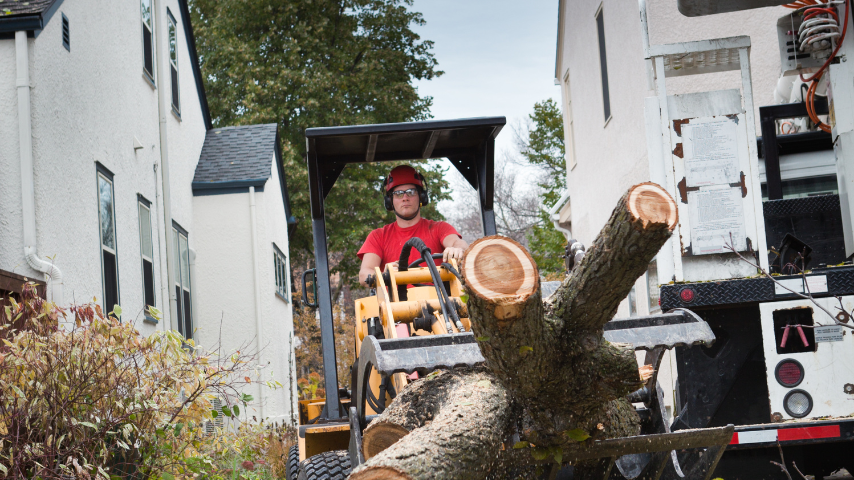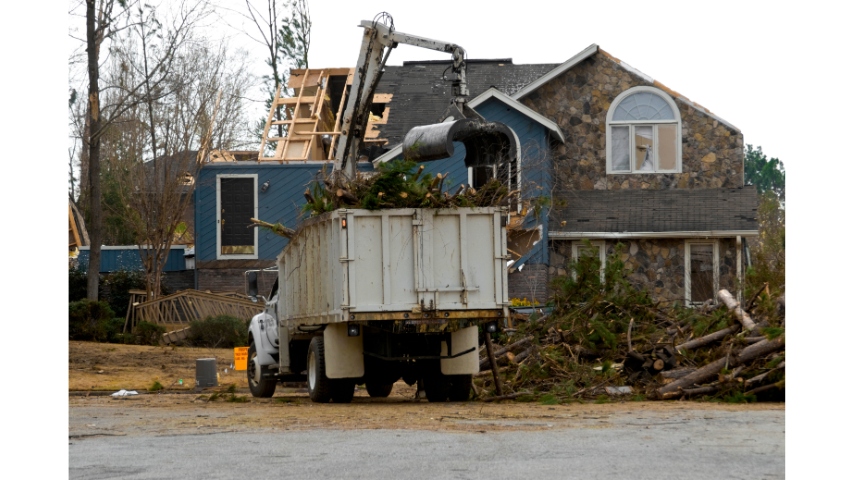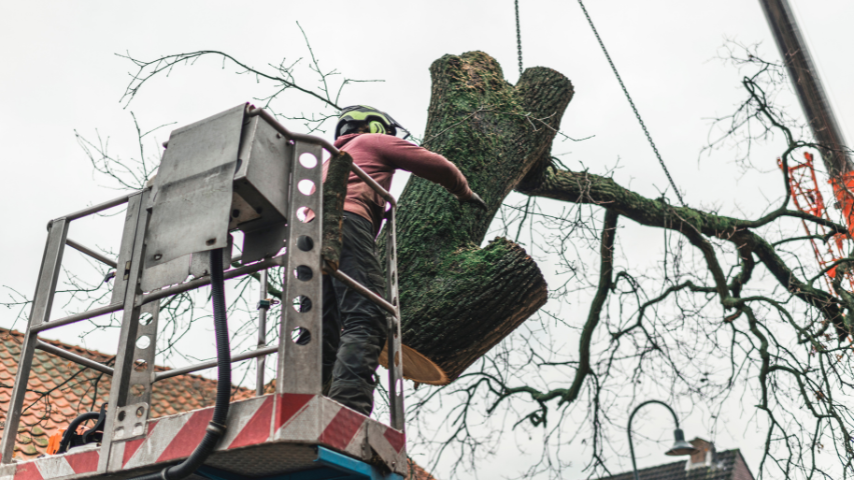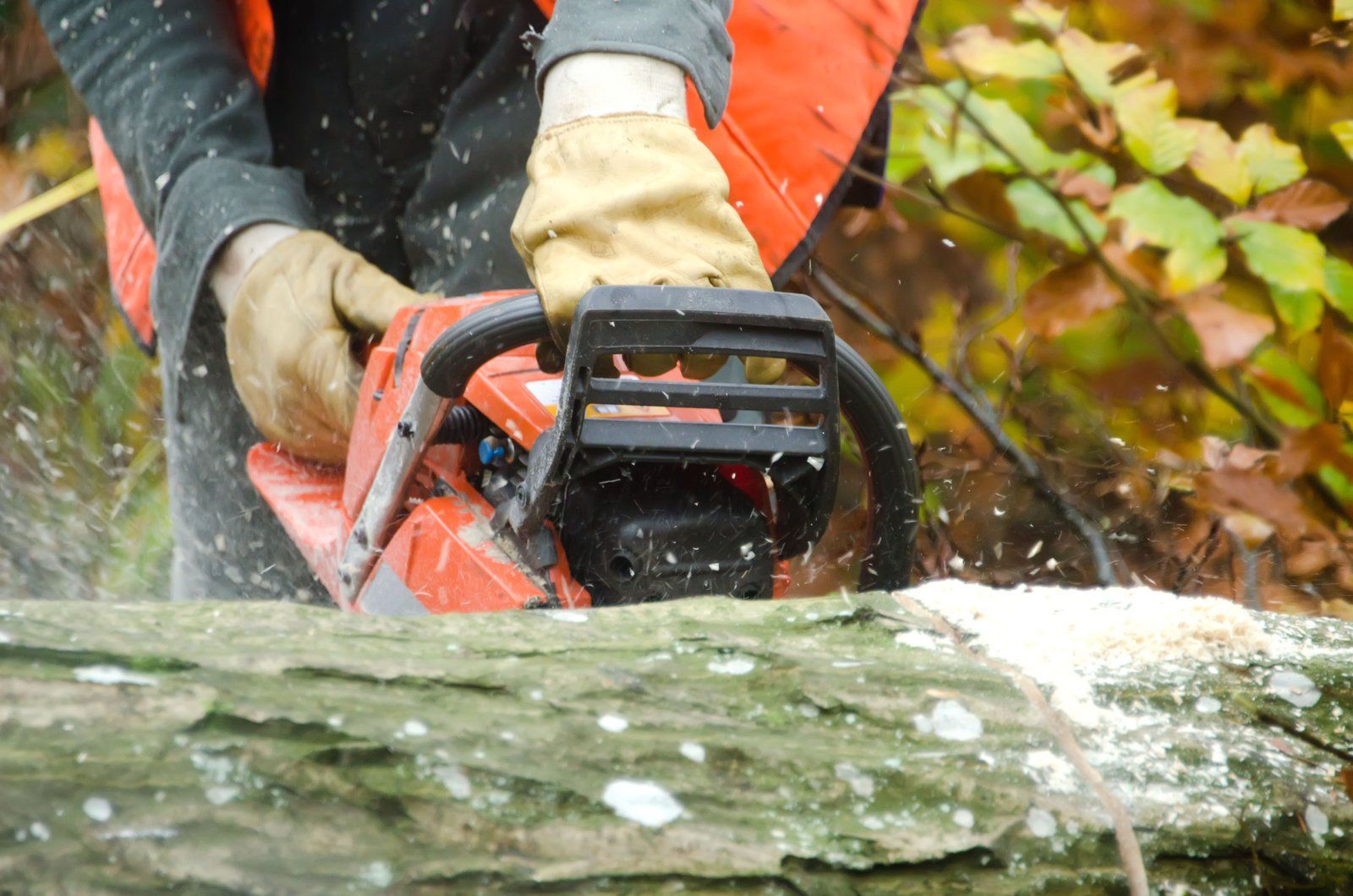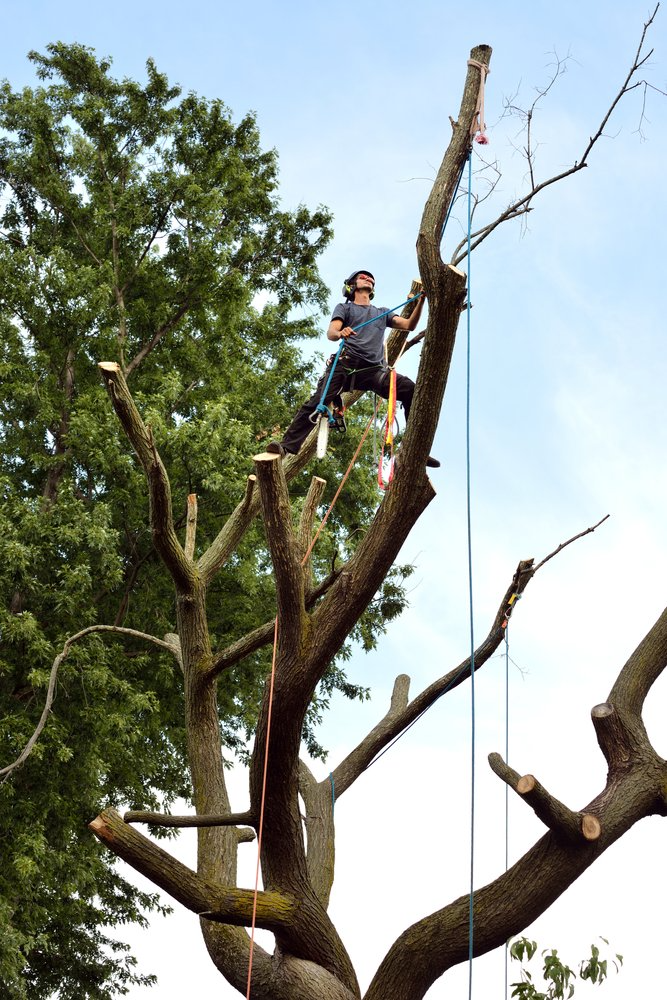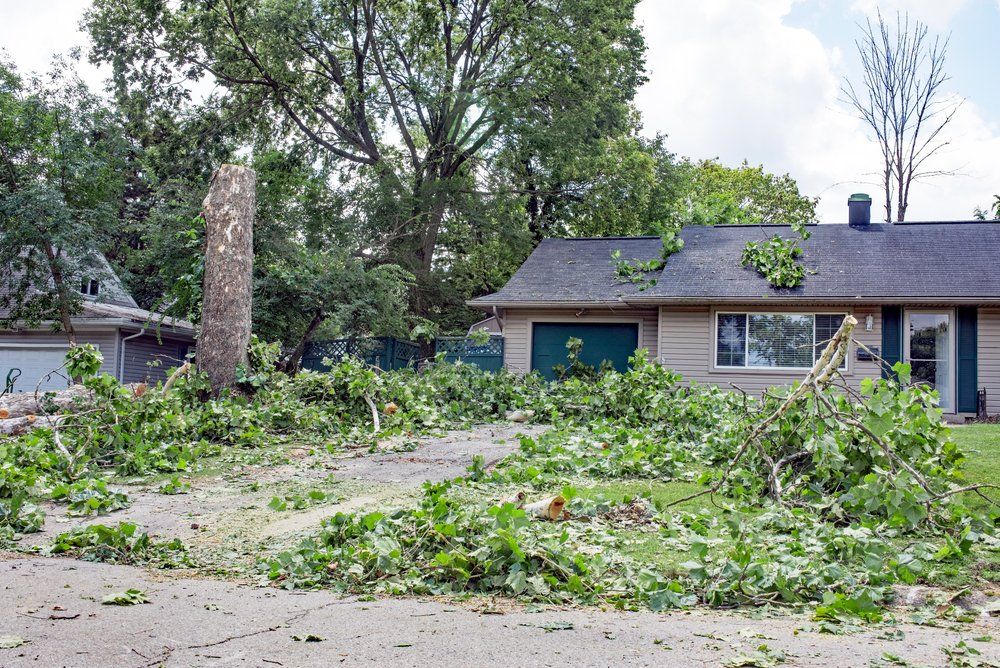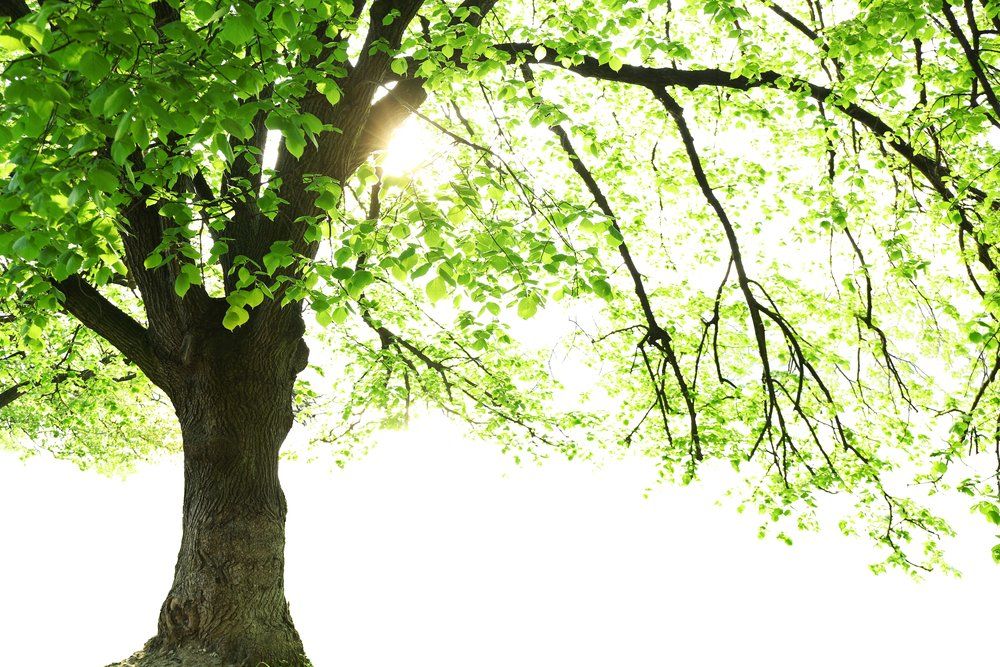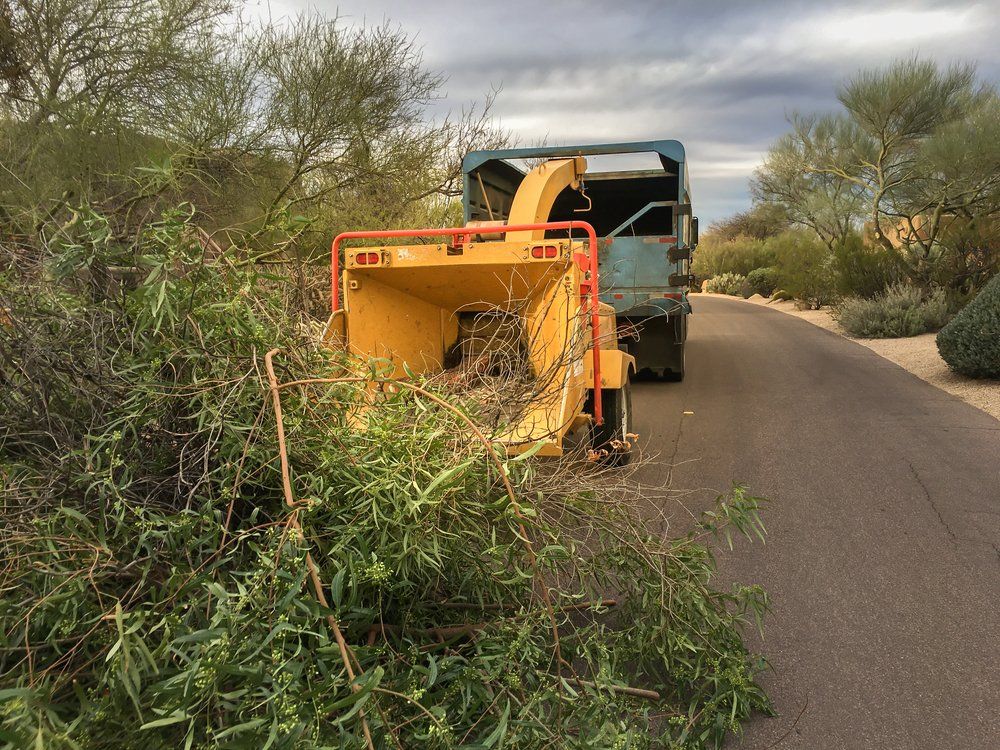Common Stump Removal Mistakes And How To Avoid Them
Tree stumps are a common sight in yards and other areas throughout the country. Stumping can be something beautiful, like an outdoor sculpture to enjoy for years to come. Yet tree stumps left untreated may become unsightly or hazardous over time.
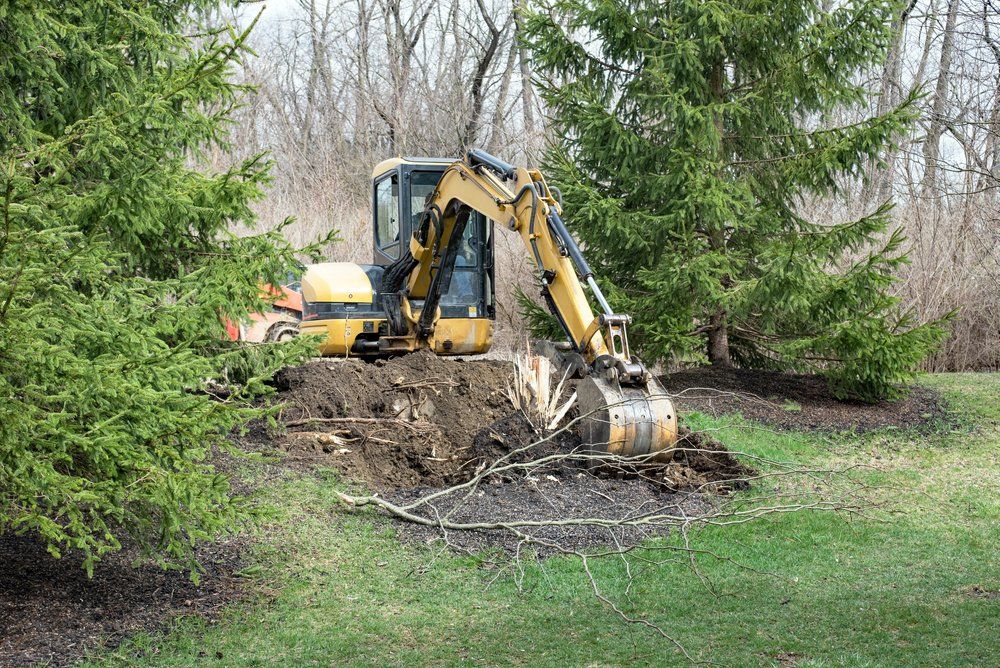
Tree stumps are a common sight in yards and other areas throughout the country. Stumping can be something beautiful, like an outdoor sculpture to enjoy for years to come. Yet tree stumps left untreated may become unsightly or hazardous over time.
Stumps are an unsightly part of most yards, but they can be dangerous if you don't know how to remove them. There are a few common mistakes that people make when removing stumps which can lead to many problems. You should never use power tools unless you have the proper equipment and training for them as this will cause more harm than good. It is best practice to hire professionals with experience in stump removal so they can do the job right the first time around with minimal hassle on your end.
Every new homeowner will have stump removal on their "to do" list. The goal is to get rid of the stump without damaging the surrounding area, and it can be difficult when you're not sure how to go about doing that. Here are some tips for stump removal that should help make this process easier.
It is best practice to hire professionals with experience in stump removal, so they can do the job right for the first time around with minimal hassle on your end. In this article, we will give you some pointers on how not to remove your own tree stump from your property, as well as share information about when hiring someone is an absolute must. Read more below!
How to avoid the most common stump removal blunders
Don't let your tree removal project go to ruin by not avoiding these common mistakes. The most crucial step is making sure that you've properly identified the tree species. Not doing so will lead to a variety of other problems, like choosing the wrong type of stump removal technique or using incorrect tools for the job.
It's never too late to learn how to avoid these common mishaps when removing stumps from trees in residential or commercial settings—and now you'll know exactly what pitfalls to watch out for!
1. Avoid cutting the stump too close to the ground
Cutting a stump too close to the ground can cause instability in your tree, so make sure it is at least six feet off of any surface that could be unstable.
You want to avoid cutting the stump too close to the ground. Cutting it too low can cause instability in your tree, so make sure it is at least 6 feet off of any surface that could be unstable.
Power tools can do more damage than stump removal, so make sure you don't try to cut them by hand or with a chainsaw. Power tools can tear up your stump and surrounding landscape while you're trying to get rid of it.
The ground is a great place to avoid cutting the stump. If you do it too close, then water may seep into your cut and cause rot or fungus which will make it more difficult for new growths of tree saplings in future years!
Cutting a tree stump too close to the ground can cause instability and even death in your newly planted tree.
A lot of people do not realize that cutting a tree stump too close to the ground can lead to serious problems with their new trees. This happens because when you cut off part of a root system, there is less stability for the rest of it. If you want your tree to live and thrive, then make sure it has at least six feet clearance from any surface that could be unstable.
The best way around this problem is to hire an arborist who will use special equipment like hydraulic lifts or rope systems so they can lift themselves out of harm's way while still doing their job properly.
2. Use a chainsaw or reciprocating saw, not an axe or hatchet
It's important to use the right tool for your job. A chainsaw is better than an axe because it has more power and produces less dust, making cutting easier on you as well as protecting those around from being inflicted with diseases such as silicosis which can cause long term breathing problems if not properly wearing masks when working outside (and again please don't even think about doing this).
The wrong type of blade will make things much harder too. You have a tree that needs to be removed, but you're not sure what tool is right for the job.
People are often confused about how to remove trees safely and correctly. It's important that you use the correct tools so as not to damage other property or injure yourself or others in your vicinity. Not all trees can be cut down with an ax or hatchet, some need a chainsaw or reciprocating saw instead.
Axes and hatchets may be great for chopping wood, but they're not ideal for stump removal. They can take a long time to cut through the stump and can often damage the surrounding area.
Using an axe or hatchet can be very ineffective and time-consuming when trying to remove a stump.
Chainsaws and reciprocating saws are much more efficient for stump removal and will save you a lot of time and energy. Make sure you use the right blade for the job, as this will make the process even easier.
3. Don't cut off more than 1/3 of the tree's circumference
The act of cutting down a tree is not without its consequences. Make sure you are aware that if more than 1/3 the circumference on any given side has been cut away, then this will cause irreparable harm to both your property and the environment around it as well!
We all know that trees are important, but we don't always take the time to properly care for them.
The most common mistake people make when trimming their trees is cutting off more than 1/3 of their circumference. This can weaken your tree and cause it to die sooner rather than later.
This will help prevent stump rot or other stump removal mistakes that can damage your newly planted tree. It may sound like a difficult task, but stump cutting doesn't have to be complicated. Just follow these simple rules and you should be well on your way to successful stump removal!
4. Dig down at least 2 feet to avoid hitting roots
A professional arborist will tell you the best way of not hurting anything in your yard is by making sure they are on solid, stable ground. By digging down at least two feet, they can make sure that there is no stump rot or any other stump removal mistakes.
Digging too far can lead us into areas with unstable footing which puts us in danger as well as other plants that might be present there - it's just better if we take care when digging!
Dig down at least 2 feet to avoid hitting roots, or clear a space large enough for your foundation and build up from there. This will help ensure that you don't damage any other plants or structures in your yard when trying to remove the stump.
Use this handy tool that tells you exactly how far down you should dig your hole based on the size of your tree and whether or not there are any obstacles in the way like other trees or utility lines.
You need to dig down at least 2 feet, but if you don't know how deep the roots will be it can be hard to figure out how far down you need to dig. Digging too far can lead us into areas with unstable footing which puts us in danger as well as other plants that might be present there - it's just better if we take care when digging!
The goal is to make the task less labor-intensive and more cost-effective by using multiple passes while maintaining an aesthetically pleasing outcome, but be careful not to dig too deep or remove all of your plants' vital nutrients with these cuts!
5. Cut from different angles so that you don't damage any large roots
Cut carefully so as not to harm large roots.
A proper cut benefits both the plant and your lawn. If you want a more vibrant appearance, then it's important that you take care when making any type of change in this area because too much direct sunlight can lead damagingly sturdy plants towards drying out or overheating if they're laid flat against their support structure (the soil). Be sure there aren't any major obstacles between them; otherwise, some might fall over during strong winds!
When cutting down a tree, it's important to cut from different angles so that you don't damage any large roots or soil. This will help ensure that the tree falls in the right direction and doesn't cause any damage to your property.
It's also important to remember to wear the proper safety gear when doing this type of work so that you minimize the risk of injury.
Be sure to cut from different angles so that you don't damage any large roots. Removing a portion of the rock with ground-level soil is always easier than removing it from above or below where there are no root systems for the support!
The best time to tackle this project would be during spring when new growth appears (April - June). Fall can also work if done soon after harvest; just make sure not too late into fall because we want our grapes still on their branches at wintertime.
6. Attempting to Cut Down a Dead Tree
It's hard to cut down a dead tree, especially when the wood is worth so much.
Makeshift saws and axes are often used by people who have nothing else with which they can do the job quickly in order not only to get their investment back but also save themselves some time from having had an unnecessary task foisted upon them as well!
When you cut down a dead tree, it's important that the right tools are used. This can help prevent stress and injury on oneself as well any nearby workers or animals who may be around during the construction of your project!
When you cut down a dead tree, it's important to keep people and animals away during the process. A stump won't rot when there are still roots near or in water so don't be fooled if your stump looks dry on top!
If you're planning on cutting down a dead tree, then just know that it can be difficult because of its density. It will take more energy for us to get this job done, but that doesn't mean we shouldn't try our hardest though.
The first step in feeling this giant is assessing how much slack there was from the root ball before we started cutting away at it last fall when stripping off its bark; that will give us a good idea of where the tree is going to fall. If there were more than 12 inches (30 cm) of slack, then we can cut most of the way through the trunk near the ground.
Cutting down dead trees is hard work that requires chainsaws, heavy equipment, and protective gear. It's also extremely dangerous for anyone who tries to cut it down by themselves.It takes a lot of hard work and determination, but if you do it correctly then your efforts will be rewarded with an impressive result like this one here that I helped to create!
Final Thoughts
There are many stump removal mistakes that people make when they try to get rid of them. Whether it's because you've just purchased your first home and want the yard cleared, or you're planning on doing some landscaping and need an ugly stump out of the way, we've got some pointers for how to avoid common stump removal mistakes so that this process is as easy as possible. It's important not to dig too deep or remove all of your plants' vital nutrients with these cuts!
If you’re in need of stump removal, it’s important to do your research and find a reputable company. At our company, we pride ourselves on providing quality services that meet the needs of our clients. We understand that mistakes can be made during this process, so we want to help you avoid them. Contact us today if you need a hand with removing that pesky stump from your yard!

